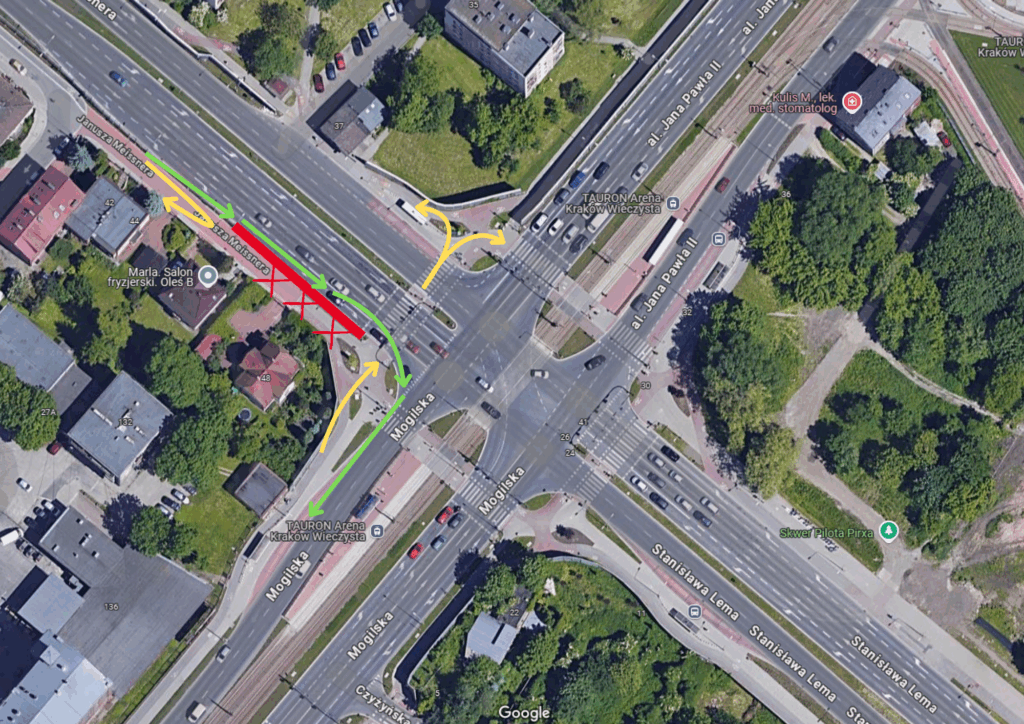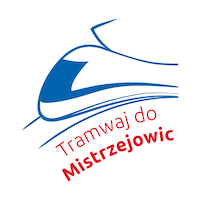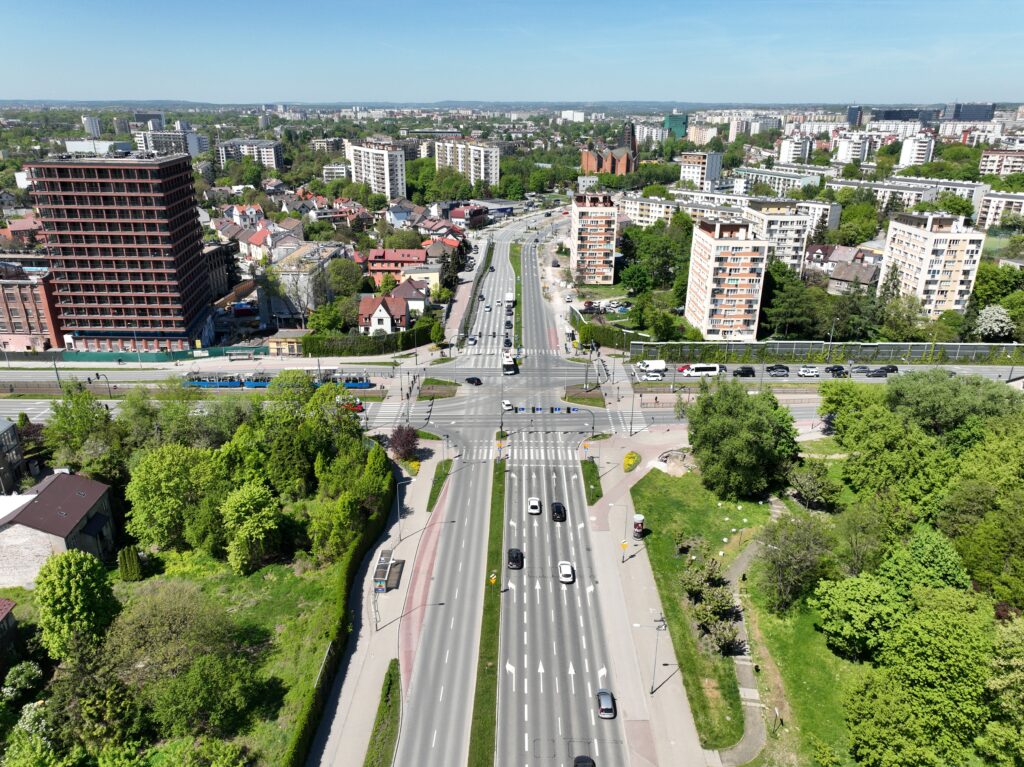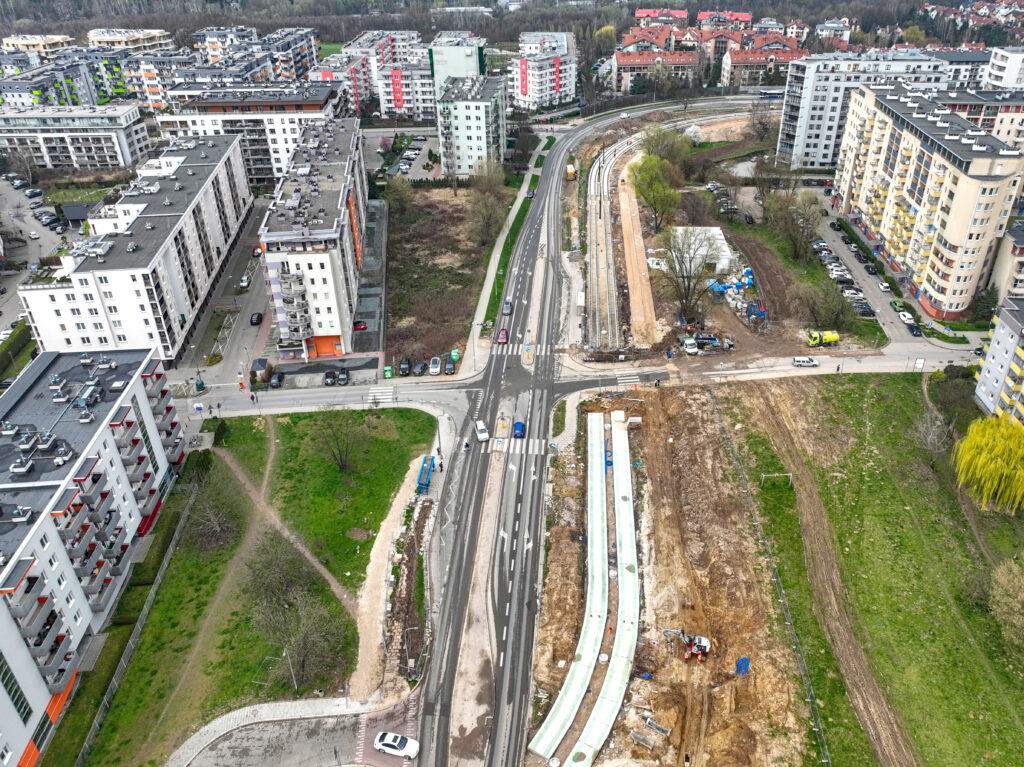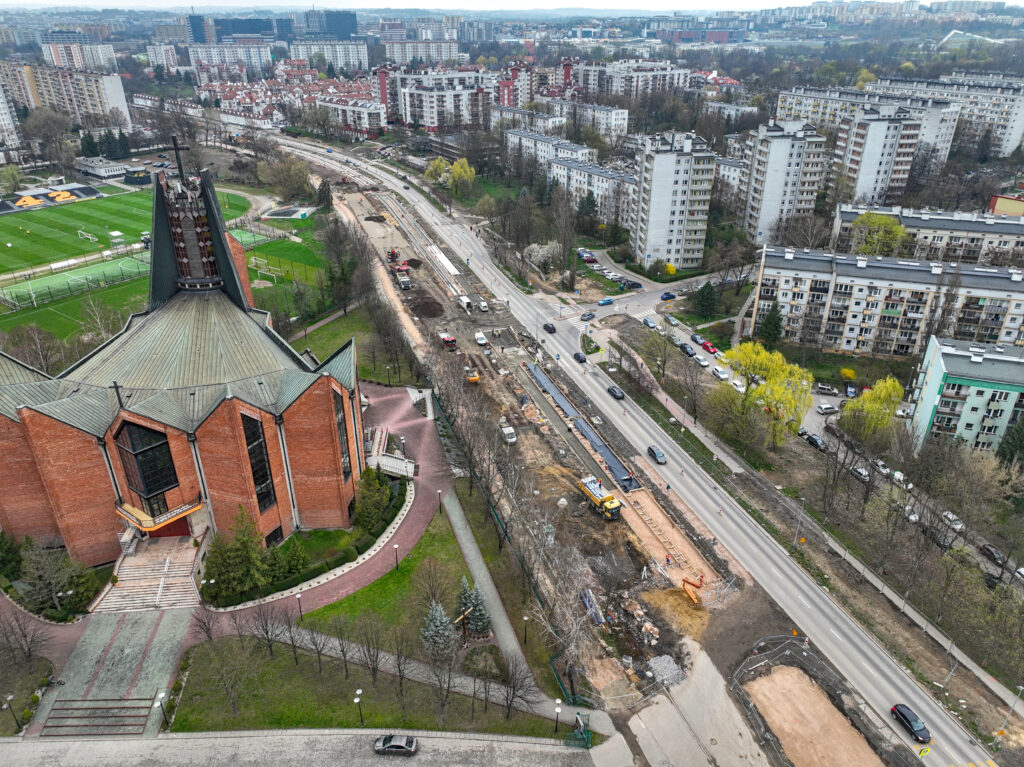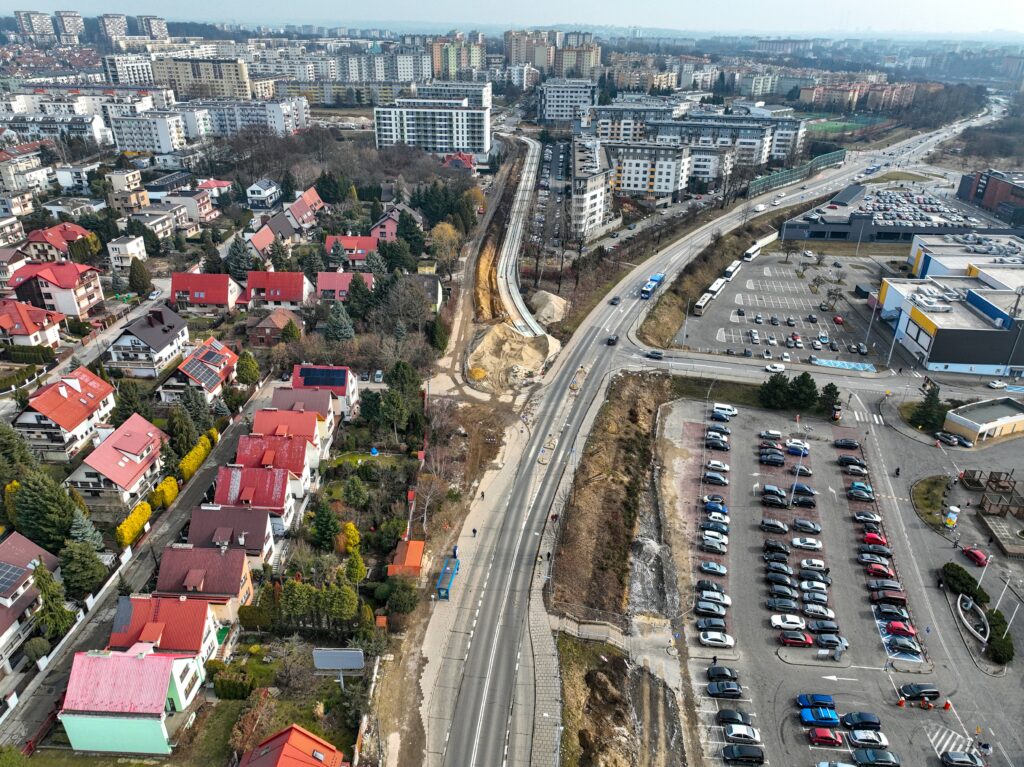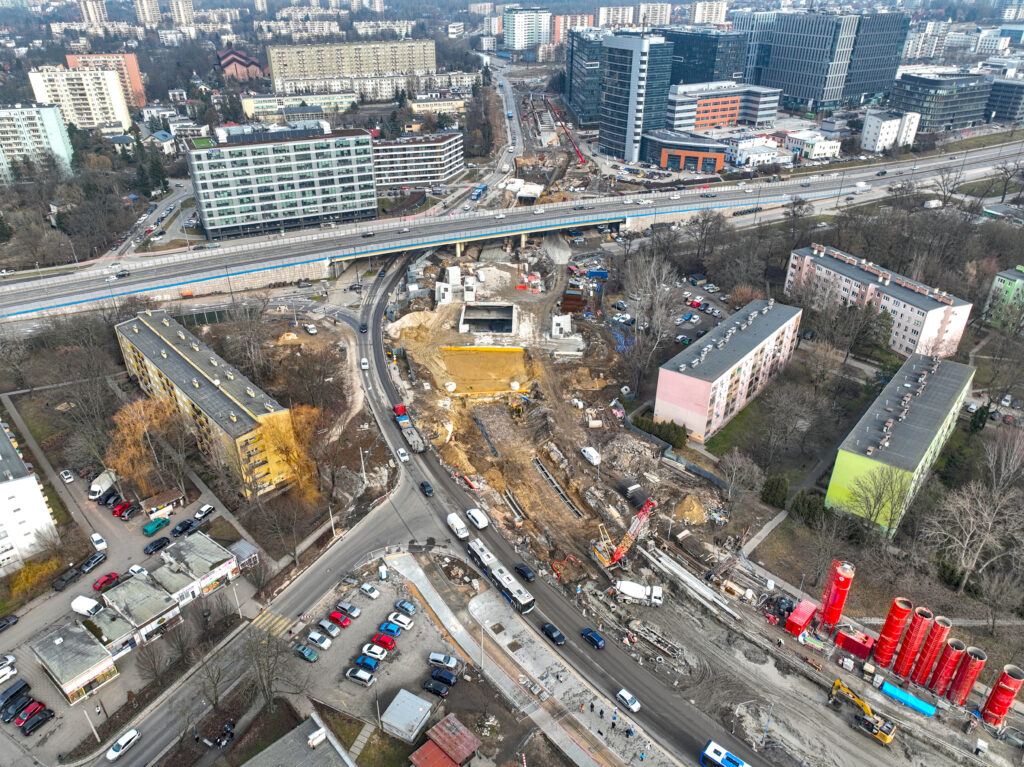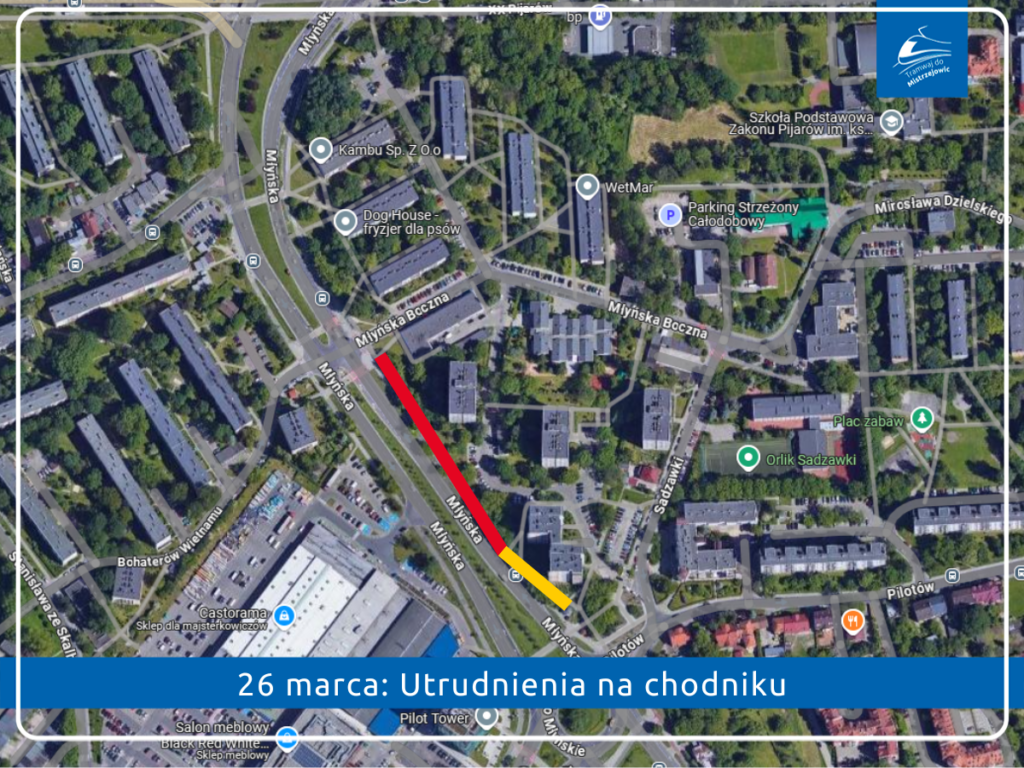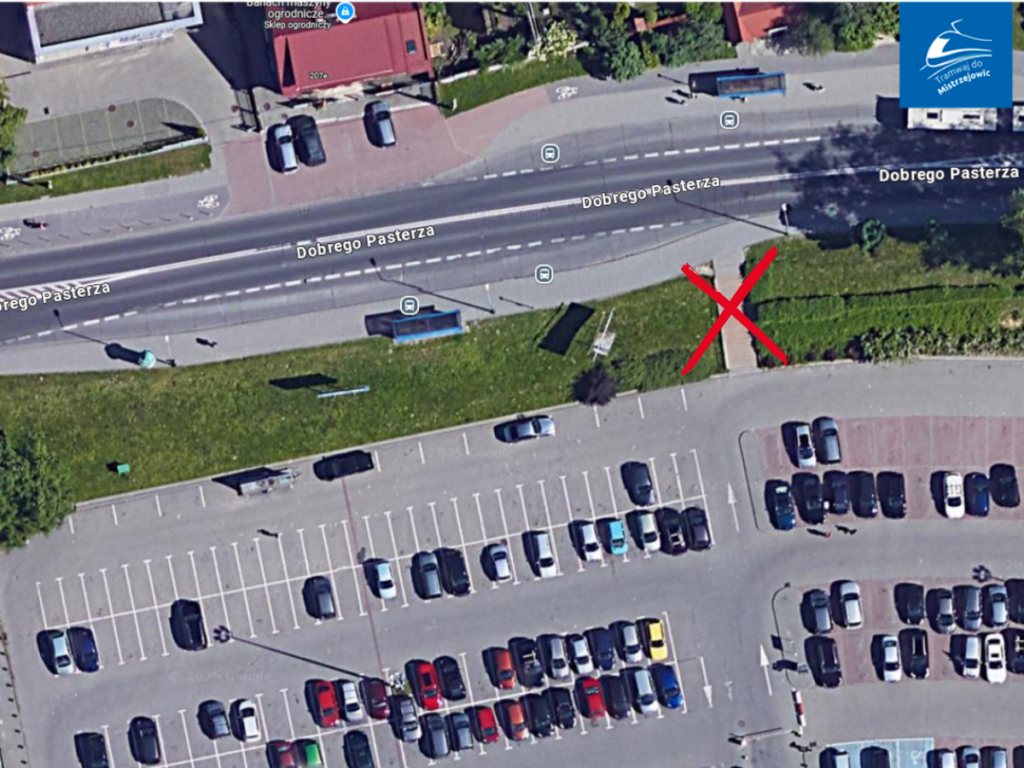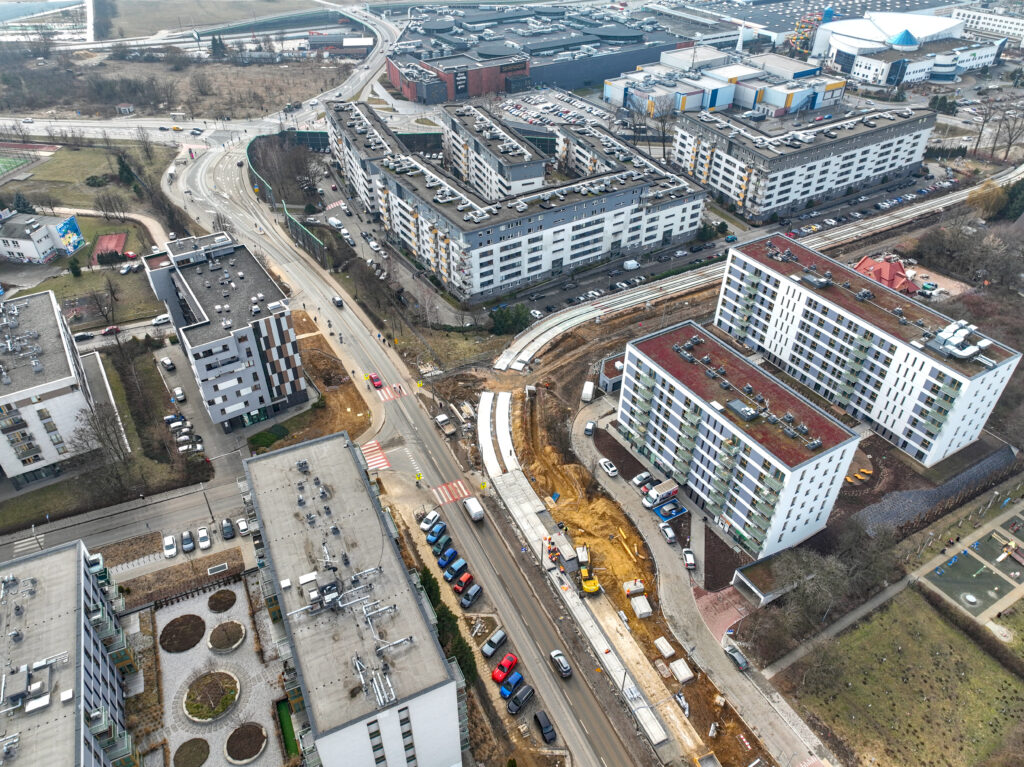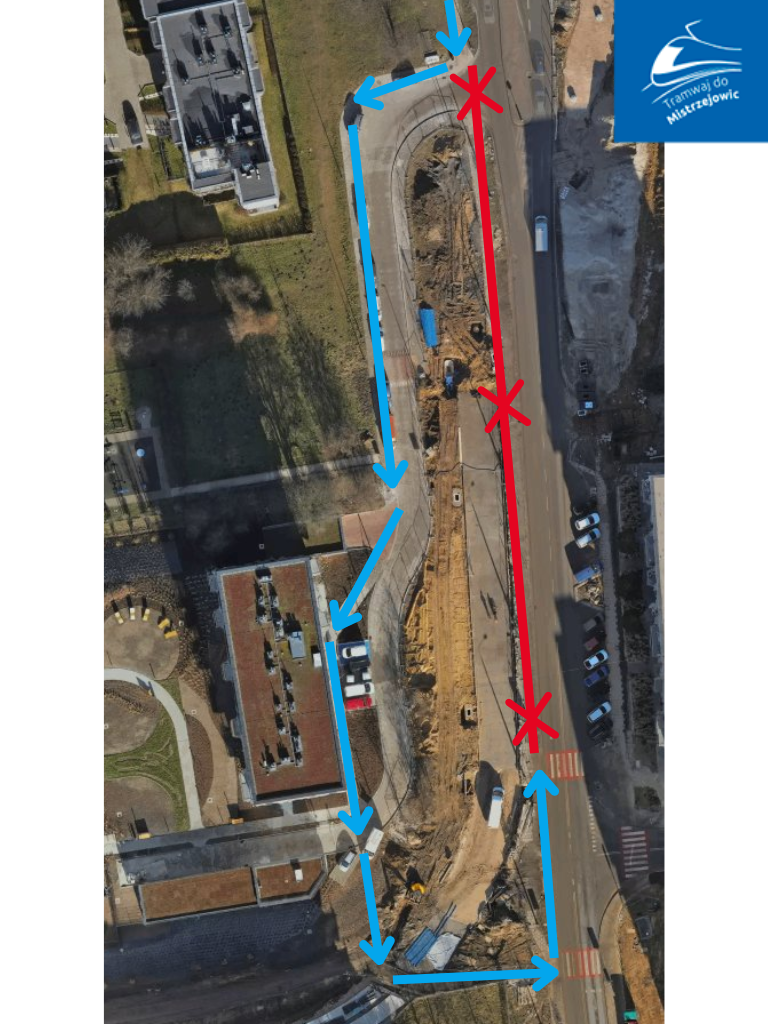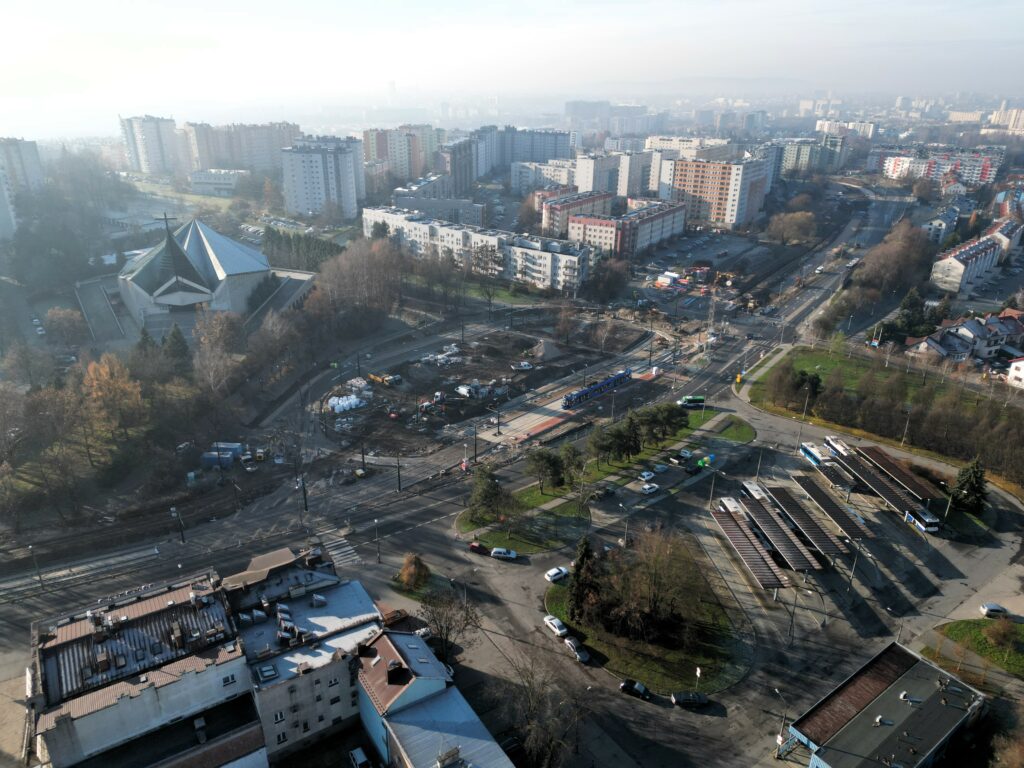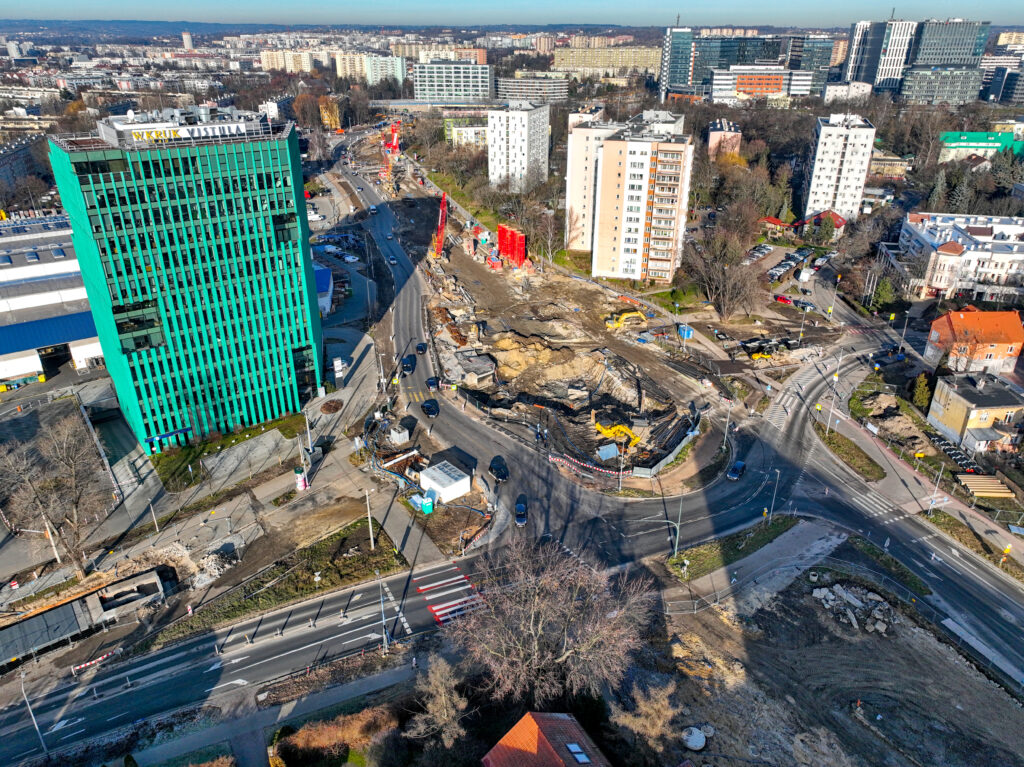We inform you that on Thursday, June 5, 2025, and possibly also on Friday, June 6, due to the planned dismantling of acoustic screens, there will be a temporary closure of the sidewalk and bicycle path, as well as a partial occupation of the right-turn lane.
Please exercise caution in the area where the work is being carried out and follow the temporary signage.
We apologize for the inconvenience and thank you for your understanding.
